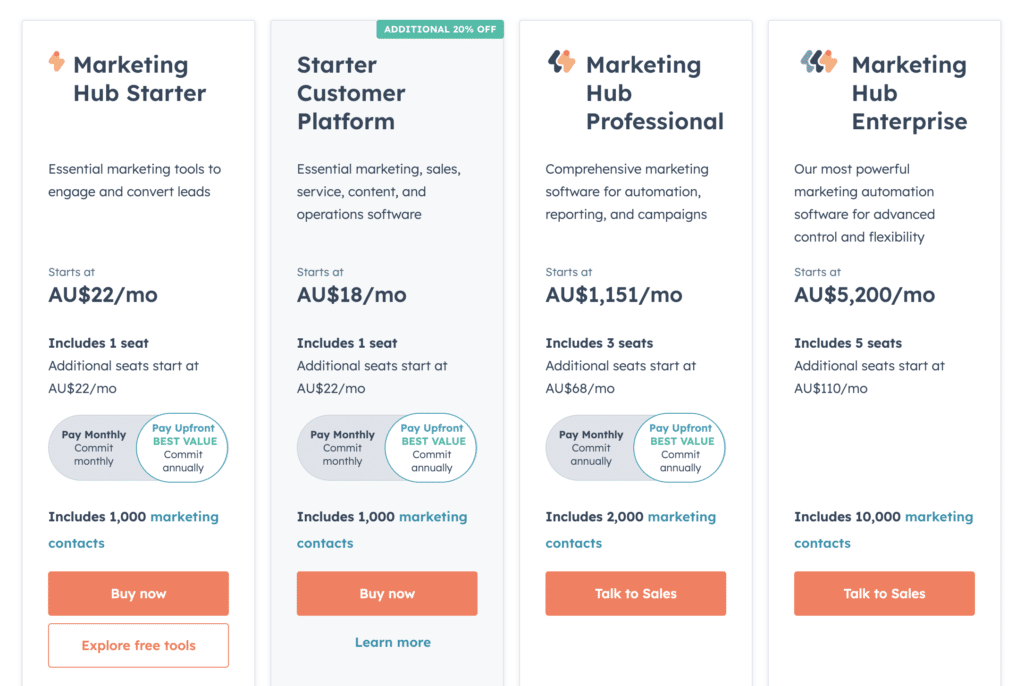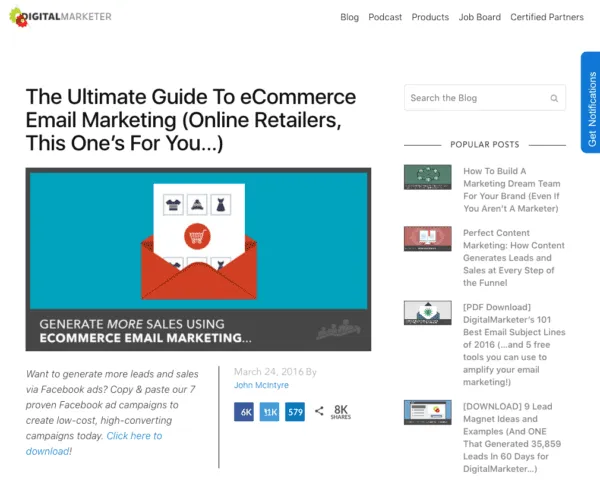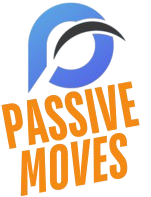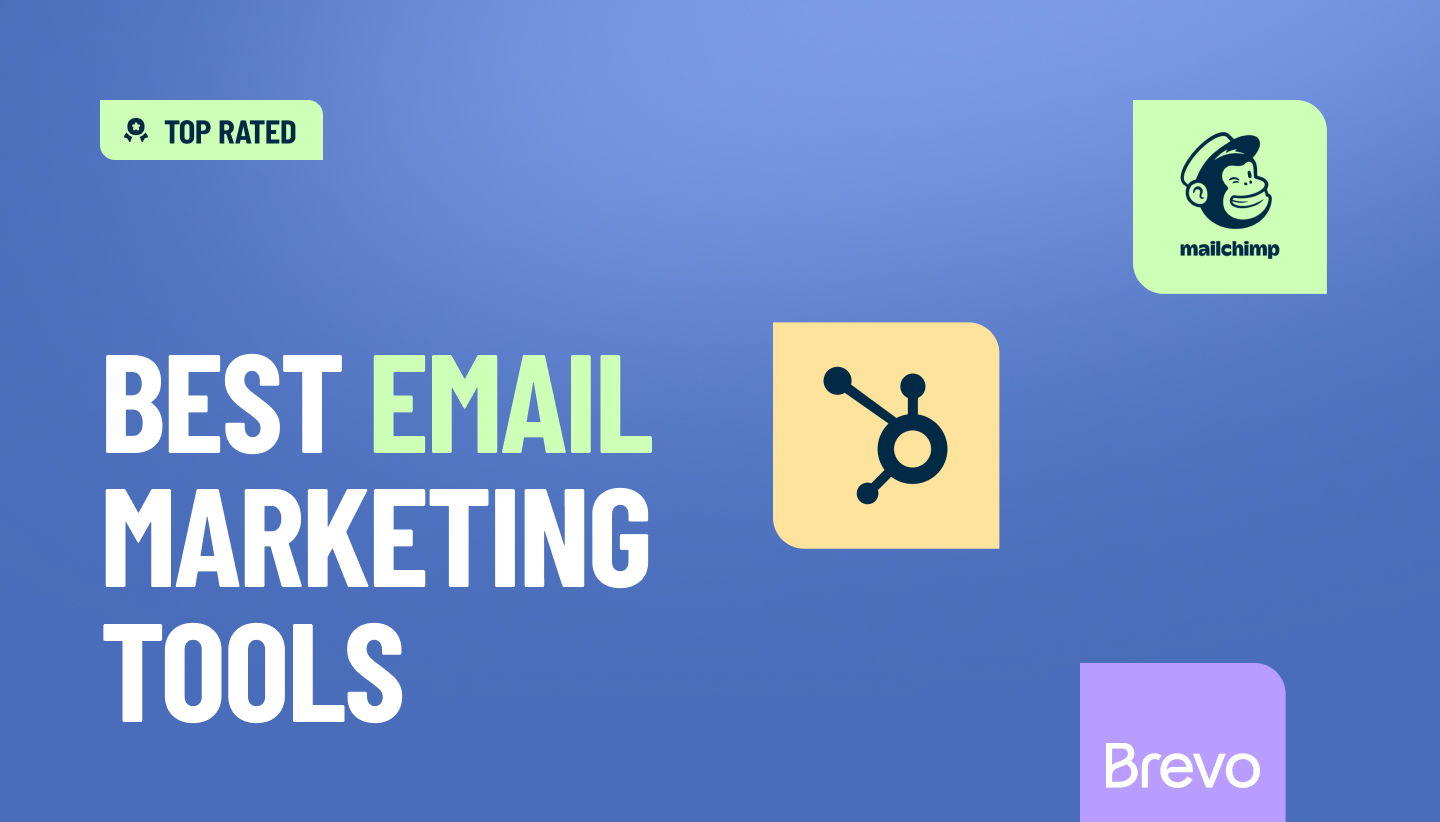Are you looking to boost your ecommerce sales and keep your customers coming back? Choosing the right email marketing tool can make all the difference.
The right tool helps you send personalized messages, track your success, and save time—all key to growing your store. You’ll discover the best email marketing tools designed specifically for ecommerce stores like yours. By the end, you’ll know exactly which tools can help you connect better with your audience and turn browsers into loyal buyers.
Keep reading to find the perfect match for your business.

Credit: www.getresponse.com
Top Email Marketing Tools
Email marketing tools help ecommerce stores reach customers easily. They send newsletters, promotions, and updates to many people fast. Choosing the right tool saves time and improves sales. The best tools have features that fit your store’s needs. They also offer good prices and easy use. Below are key points about top email marketing tools.
Features To Look For
Good email tools have several important features. Email templates help create nice-looking messages quickly. Automation lets you send emails based on customer actions. Segmentation divides your audience to target messages better. Reporting shows how well your emails perform. Integrations connect with your store platform. These features improve communication and boost sales.
Pricing Comparison
Email tools offer different pricing plans. Some charge by the number of contacts. Others limit emails sent per month. Free plans may have basic features or limits. Paid plans usually include advanced tools and more contacts. Compare prices based on your store size and email needs. Choose a plan that fits your budget and growth goals.
User-friendliness
Easy-to-use tools save time and reduce errors. A simple interface helps create emails fast. Drag-and-drop editors make designing easy. Clear instructions and support help beginners. Mobile-friendly tools let you work on phones or tablets. Pick tools with good user experience to keep tasks smooth.

Credit: digitalnomadshq.com.au
Automation For Ecommerce
Automation helps ecommerce stores save time and boost sales. It sends emails without manual work. This keeps customers engaged and encourages more purchases. Automated emails reach shoppers at the right moment. They feel personal and helpful. This builds trust and loyalty.
Many email marketing tools offer automation features. These tools make it easy to create and schedule emails. They track customer actions and send relevant messages. Ecommerce owners can focus on other tasks while automation works for them.
Cart Abandonment Emails
Many shoppers add items to carts but leave without buying. Cart abandonment emails remind them about these products. They can include images, prices, and a call to action. Sending these emails soon after abandonment increases chances of sale. A gentle nudge can recover lost revenue.
Welcome Series
A welcome series greets new subscribers and customers. It introduces the store’s brand and products. These emails build a connection and set expectations. A strong welcome series encourages subscribers to shop. It also shares special offers or helpful tips.
Re-engagement Campaigns
Some customers stop opening emails or buying. Re-engagement campaigns try to bring them back. These emails offer discounts, updates, or ask for feedback. They remind customers why they liked the store before. A good re-engagement campaign can revive inactive buyers.
Personalization Techniques
Personalization techniques help ecommerce stores create better email experiences. They make messages more relevant to each customer. This increases engagement and sales. Using the right tools can make personalization simple and effective.
Segmentation Strategies
Segmentation divides your email list into smaller groups. Grouping customers by age, location, or purchase history works well. This way, emails target specific interests or needs. Segmentation increases open rates and click rates. It helps send the right message to the right people.
Dynamic Content
Dynamic content changes inside an email based on the recipient. It can show different products or offers. This keeps emails fresh and personalized. Customers see content that fits their preferences. Dynamic content improves engagement and boosts sales.
Behavioral Targeting
Behavioral targeting uses customer actions to guide email content. It tracks clicks, browsing, and past purchases. Emails then match these behaviors with relevant offers. This method feels personal and timely. Behavioral targeting helps convert interest into purchases.
Integrations With Ecommerce Platforms
Email marketing tools that connect well with ecommerce platforms save time and boost sales. They let you send targeted emails based on customer actions. This helps build stronger relationships and increases repeat purchases.
Seamless integration means your product data, customer lists, and order details sync automatically. This reduces errors and keeps your campaigns accurate and up to date. Here are some popular ecommerce platforms and how email tools fit with them.
Shopify
Shopify is one of the top platforms for online stores. Many email marketing tools link directly with Shopify. This makes it easy to import customers and product details. You can send personalized emails based on shopping behavior. Automations like abandoned cart reminders work smoothly. This integration helps improve customer engagement and sales.
Woocommerce
WooCommerce powers many WordPress stores. Email tools that connect with WooCommerce can access order history and customer info. You can create targeted campaigns for specific products or segments. Syncing is usually simple with plugins or API connections. This lets you run email campaigns without manual data entry.
Bigcommerce
BigCommerce supports both small and large online stores. Email marketing integrations pull in customer and order data automatically. This helps in sending timely emails like welcome messages or product recommendations. The tools also track campaign results within BigCommerce. This makes it easier to measure success and adjust strategies.
Measuring Campaign Success
Measuring campaign success is key for ecommerce stores. It shows what works and what needs change. Tracking the right metrics helps improve future emails. It also boosts sales and customer engagement. Let’s explore some essential ways to measure email marketing success.
Open And Click Rates
Open rates tell how many people see your email. It shows if your subject line grabs attention. Click rates show how many click links inside the email. It measures interest in your products or offers. High open and click rates mean good audience engagement.
Conversion Tracking
Conversion tracking follows actions after a click. It tracks purchases, sign-ups, or other goals. This metric shows if your email leads to sales. It helps calculate your return on investment (ROI). Conversion tracking is crucial for ecommerce success.
A/b Testing
A/B testing compares two email versions. You test different subject lines, images, or calls to action. It finds which version performs better. This method improves open rates and conversions. A/B testing helps fine-tune your email strategy.

Credit: www.referralcandy.com
Tips To Boost Sales Quickly
Boosting sales quickly is key for any ecommerce store. Email marketing offers a fast way to reach customers and drive purchases. Simple strategies can make emails more effective. Focus on timing, subject lines, and offers. These tips help grab attention and encourage buyers to act fast.
Timing Your Emails
Send emails when customers check their inbox often. Early mornings or lunchtime work well. Avoid late nights or weekends when people ignore emails. Test different times to find what fits your audience best. Regular timing builds trust and keeps your store top of mind.
Crafting Compelling Subject Lines
Write short, clear subject lines that spark curiosity. Use words that show value or urgency. Avoid spammy language like “free” or “buy now.” Personalize with the recipient’s name if possible. A good subject line increases open rates and sales chances.
Using Discounts And Offers
Offer discounts to encourage quick buying decisions. Limited-time deals create urgency. Use clear calls to action like “Shop Now” or “Save Today.” Highlight the discount in the email and subject line. Special offers attract attention and boost sales fast.
Frequently Asked Questions
What Are The Best Email Marketing Tools For Ecommerce?
Top email marketing tools for ecommerce include Klaviyo, Mailchimp, and Omnisend. These platforms offer automation, segmentation, and analytics tailored for online stores. They help increase engagement, boost sales, and improve customer retention through targeted campaigns and personalized messages.
How Do Email Marketing Tools Boost Ecommerce Sales?
Email marketing tools boost sales by sending personalized offers and abandoned cart reminders. They segment customers based on behavior and preferences. This improves open rates and conversions. Automated campaigns nurture leads and encourage repeat purchases, driving higher revenue for ecommerce stores.
Can Email Marketing Tools Integrate With Ecommerce Platforms?
Yes, most email marketing tools integrate seamlessly with ecommerce platforms like Shopify, WooCommerce, and BigCommerce. These integrations enable automatic syncing of customer data, purchase history, and product details. This allows for targeted, data-driven email campaigns that enhance customer experience and increase sales.
Are Email Marketing Tools Cost-effective For Ecommerce Stores?
Email marketing tools are cost-effective for ecommerce as they offer scalable pricing based on subscriber count. They provide a high return on investment by increasing customer engagement and sales. Many tools offer free plans or trials, making them accessible for small and large stores alike.
Conclusion
Choosing the right email tool helps your ecommerce store grow. Tools that fit your needs make email marketing easier. They save time and reach customers better. Try a few tools to see which suits you best. Good emails can bring more sales and loyal buyers.
Start small and improve your email strategy over time. Keep your messages clear and helpful. This way, your store stays connected and active with shoppers.

